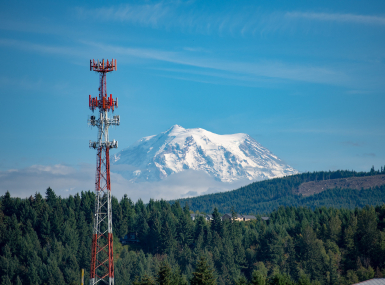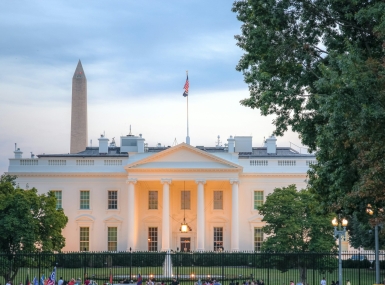Proposed 5G order curtails local authority
Upcoming Events
Related News

Federal Communications Commission (FCC) Commissioner Brendan Carr recently announced a proposed order aimed at accelerating next-generation 5G wireless networks by limiting local authority. Similar to the STREAMLINE Small Cell Deployment Act introduced in the Senate, the FCC’s proposed order would limit fees local governments are currently able to assess on telecommunications companies for the placement, construction or co-location of new wireless service facilities.
Do More
The FCC plan would only provide local governments 60 days to evaluate applications from companies for attaching 5G Small Cells to existing structures and 90 days for equipment on entirely new structures. Unlike the STREAMLINE Act, however, the order does not include the “deemed granted” approach, under which applications are automatically approved if the local government fails to complete its evaluation within the set timeframe.
“What they are really trying to do is get communities in a position where they’re just rubber-stamping these applications without really looking at them or seeing the situation in the field, to overwhelm them,” said Rusty Monroe, a consultant in North Carolina who advises local governments on telecom issues.
“There are some communities that are hit with hundreds of applications,” he said. “They’re [telecom companies] not in a rush to build. It normally takes them three to 12 months to build the sites after they’re permitted.”
Monroe said that talk of amping up 5G in order to help underserved areas is just talk. “They won’t be touched for years,” he said. “They build where they can get the biggest bang for their buck.”
According to Carr, the plan would cut roughly $2 billion in administrative fees and stimulate additional investments. Local governments, however, say the proposed language would significantly limit their ability to properly regulate wireless telecommunications infrastructure deployment. By narrowing the window for evaluating 5G deployment applications, the FCC would effectively prevent local governments from overseeing public health, safety and welfare during the construction, modification or installation of broadcasting facilities.
Zachary George, legislative assistant and Mary Ann Barton, senior writer, contributed to this report.

Attachments
Related News

House committee passes local broadband permitting preemption bills
The American Broadband Deployment Act of 2025 would enact new restrictions on a variety of state and local land use and zoning authorities pertaining to the deployment of telecommunications infrastructure.

White House signs Executive Order on state AI lawmaking
President Trump signed an Executive Order (EO) aimed at mobilizing federal agencies to challenge existing state laws on artificial intelligence.
